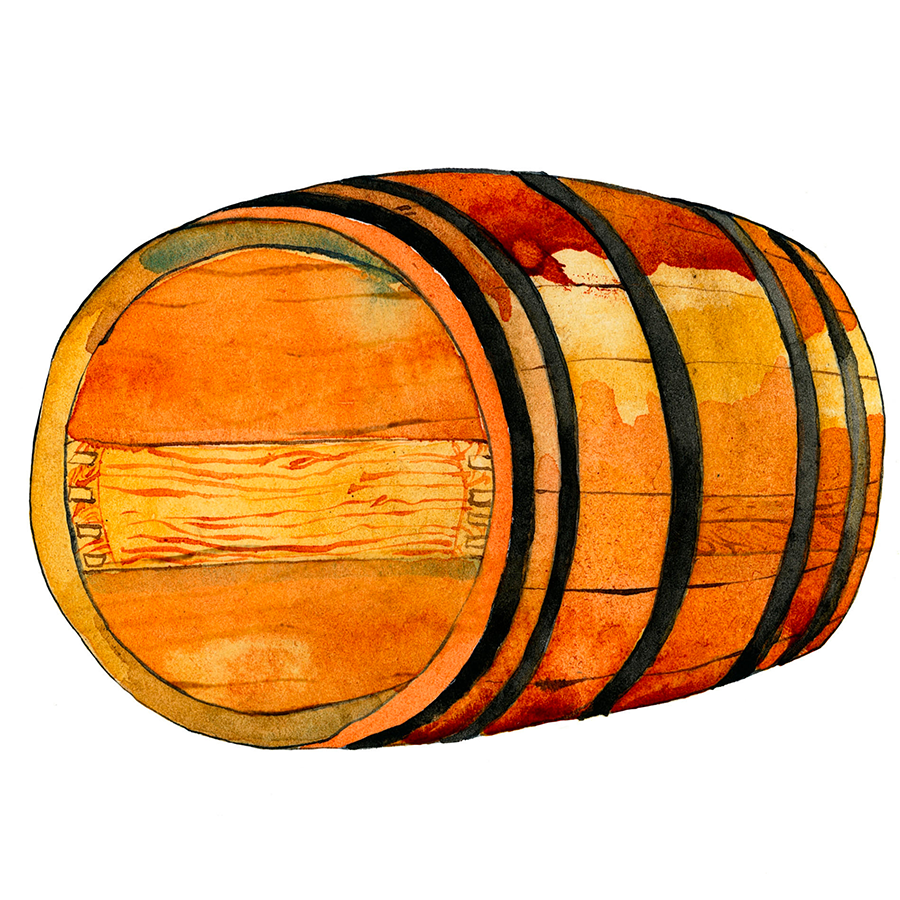The origins of Christmas Claret
Author: Georgina Haacke

Georgina Haacke, our Bordeaux Buyer, takes a closer look at the historical connection between Bordeaux and England, explaining how Claret came to be such a timeless staple at Christmas.
Red Bordeaux has long been associated with fine dining, special occasions and, most of all, Christmas. Other wines try to stake their claim at the Christmas table, but none have managed to take its place. But why? Where do our Claret-loving traditions come from?
One answer to this lies in geography. The town and region of Bordeaux (literally translated as “on the side of water”) sits on the intersection of the Dordogne and Garonne rivers, which lead into the Gironde, and from there to the Atlantic. The enterprising Romans built it into a thriving port to carry wines from Bordeaux and the Mediterranean to England and beyond. A pivotal moment in its history came in 1152 when the whole of Southwest France – from Cognac to the Spanish border – was brought under the English Crown following the marriage of future King of England, Henry Plantagenet, to Eleanor of Aquitaine. Keen to buy loyalty from their subjects, they introduced tax exemptions and priority trading that allowed the Bordeaux trade to flourish unchallenged for 300 years.
These wines were shipped in barrels in the autumn immediately after harvest, destined for early drinking before they spoiled. They nonetheless had the monopoly: wines from other regions were forbidden from reaching Bordeaux ports until St Martin’s Day on 11th November, allowing Bordeaux to flood the English market unrivalled at the end of each year. This helped, no doubt, to cement Claret’s place at the Christmas table.
It wasn’t until the 15th century and the arrival of Dutch merchants that the Bordelais began to produce wine we could deem as “fine”. The Dutch built canals to drain the Médoc marshes, pioneered winemaking techniques including the use of sulphur, and introduced some healthy competition from the Iberian Peninsula – all of which shifted the focus from quantity to quality. Châteaux such as Haut-Brion started to experiment with oak barrels and extended skin contact, and discovered these techniques vastly improved a wine’s quality, depth and ability to age. Indeed, Samuel Pepys commented in his diary on 10th April 1663 of “a sort of French wine called Ho Bryan that hath a good and most particular taste that I never met with”, having tasted it in the Royal Oak Tavern in the old City of London.
London was, in fact, fast becoming the epicentre of the fine wine trade. Alongside other luxury goods such as coffee, tea and cocoa, wine saw a revival in the hedonistic climate that followed the restoration of the monarchy in 1660. Even the price hikes of the 18th century, driven by trade wars between the English and the French, didn’t see popularity dwindle completely. Scarcity only enhanced its appeal, wine was traded illicitly, and by the time of the 1860 treaty, it was quick to regain its wider appeal. But by now, it wasn’t about volume: Bordeaux had become fashionable, special – the centrepiece to any celebratory or festive meal.
To the modern Claret drinker, the connotations of quality and occasion remain, but there’s something else too, perhaps more important: tradition. With centuries of history behind it, intertwined with our own past and the unique union of our cultures, how could it not hold a special place in the most traditional of all Christian meals: the Christmas feast.
Shop our selection of Christmas Claret here


